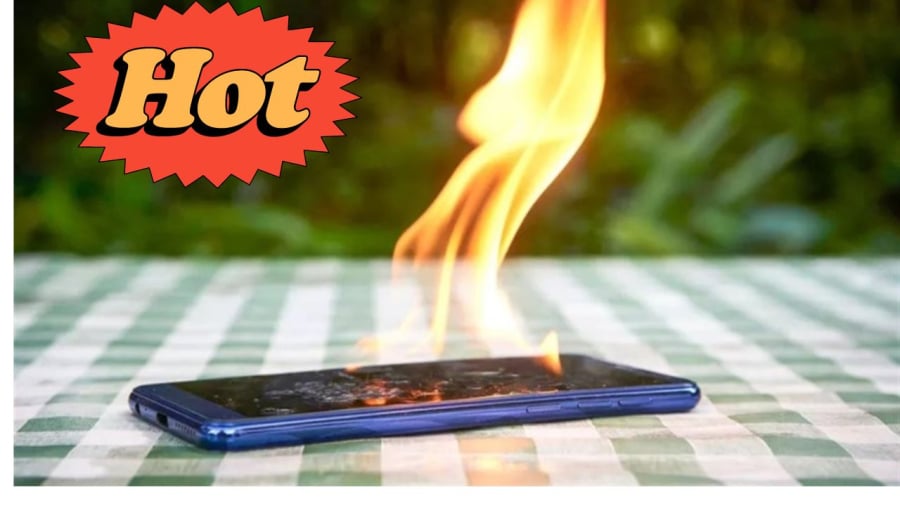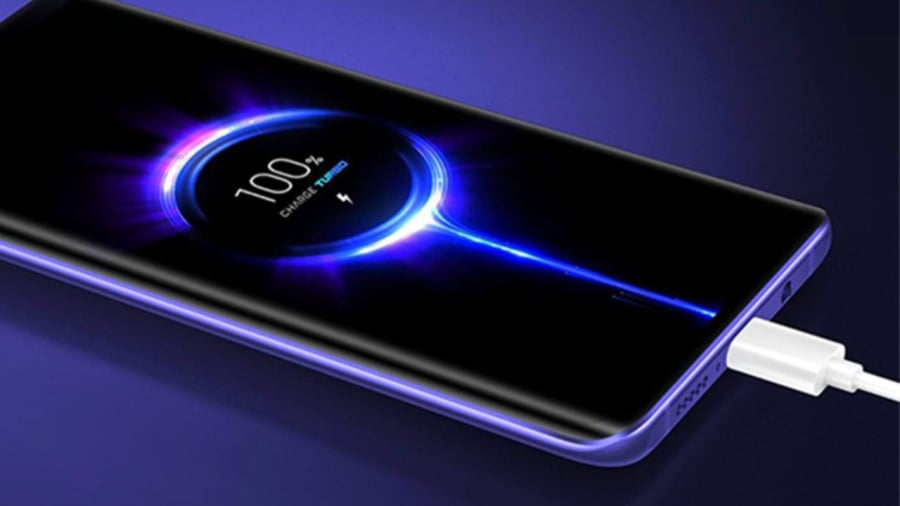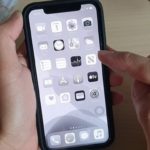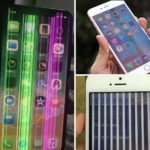Overheating phones are a warning sign that they’re experiencing issues. When a phone’s temperature rises, it not only impairs its performance but also poses a safety risk to the user, potentially leading to phone damage or even an explosive hazard.
Several factors can contribute to phone overheating, including excessive sun exposure, working in a high-temperature environment, continuous usage with multiple apps open simultaneously, an aged battery discharging constantly, and a high screen brightness setting.
Steps to Cool Down an Overheating Phone
Remove the phone case immediately: Phone cases, especially thick plastic ones, act as heat insulators, hindering the phone’s heat dissipation. Take off the case to allow better heat escape, and consider placing the phone on a cool surface or holding it with two fingers.
Move to a cooler location: If the place where you’re using your phone is hot, relocate to a cooler area, such as an air-conditioned room, in front of a fan, or in the shade. The goal is to bring the phone to a cooler environment to expedite its cooling.

Phone overheating can lead to multiple issues
Use official or certified accessories: Using non-original or mismatched chargers and batteries can cause the phone to heat up during charging. Always opt for official or certified accessories that are designed for your specific device model.
Avoid using a phone with hardware damage: Phones with hardware issues are more prone to exploding during charging. If your phone has sustained hardware damage, don’t hesitate to get it repaired or replaced to ensure your safety.
Don’t overcharge the phone: Make sure to unplug the charger as soon as the battery is fully charged. Avoid leaving the phone plugged in overnight. While many newer phones have technology to prevent overcharging, it’s still a good practice to be cautious, as some devices may not have this feature.

Avoid overcharging your phone
Refrain from using multiple apps simultaneously: Many people don’t realize that simply switching between apps without properly closing them continues to consume resources and generate heat. Make sure to close any apps you’re not currently using to reduce the load on your phone.
Turn off Location Services and Bluetooth: Unless necessary, disable location services and Bluetooth, as they contribute to unnecessary heat generation. It’s best to activate these features only when required.
Reduce screen brightness: Similar to location services, lowering the screen brightness can reduce the load on the battery and processor, resulting in less heat generation. Opt for a darker setting than usual.
Delete unnecessary apps: Some heavy apps may run in the background without your knowledge, causing overheating and battery drain. It’s a good idea to review and delete any apps you don’t need to free up resources and prevent overheating.
Avoid using the phone while charging: Using the phone while it’s charging can lead to overheating as the device is tasked with multiple operations simultaneously. In such cases, it’s best to turn it off and solely charge it or exit all apps and just charge.
The Ultimate Guide to Cooling Down Your Overheating Phone
“An overheated phone can be a real buzzkill, especially when you’re in the middle of an important task. It not only slows down your device but can also lead to unexpected shutdowns, leaving you hanging when you need your phone the most. It’s like your phone is giving you a virtual high-five and saying, ‘Sorry, can’t help you now!’ But don’t fret; there are ways to keep your cool – literally!”
How to Fix Phone Screen Distortion: Causes and 3 Effective Solutions to Know
When your phone screen becomes distorted, it’s not just about the images on the phone being warped or flickering, but also about undesired horizontal and vertical lines appearing. This condition diminishes the user experience, causing discomfort and affecting the performance of basic functions on the device.



































